
Some writers seem to have a magic touch…
One minute you’re reading their opening, and before you know it, you’ve reached the end of their article.
Their content reads so smoothly, it’s almost impossible to stop.
So how do they do it?
Well, great writers are meticulous about making each line flow seamlessly into the next. They understand how important it is for the reader to have a smooth reading experience, and they make sure to fix anything that would cause friction.
And one powerful way they do so is by using transitional phrases.
So today you’ll learn how to use them yourself. But first, let’s examine why they’re so important.
The Little Secret That Copywriters Have Known for Ages
Copywriters have known this for a long time:
The primary purpose of every paragraph you write is not to make a point, or to build your argument, or to convey valuable information. It’s to get your reader to read the next paragraph.
Famous copywriter Maxwell Ross likened this to a “bucket brigade.” Let me explain why…
In the days before fire trucks and pressure hoses, people would put out fires by forming a human chain. They would pass a bucket of water from one person to the next until the last person finally threw it onto the fire.
In those days, it was vital the chain remained unbroken. If the bucket wasn’t passed smoothly from one person to the next, the water would spill and not make it to the fire.
Likewise, each paragraph (and really, each sentence) you write must pass the reader on to the next. And just like in a real bucket brigade, the chain must be unbroken, or you will “spill” readers along the way, which means they won’t make it to the end of your article.
And that’s where transitional phrases come in.
How Transitional Phrases “Lubricate” Your Writing So Readers Slide from Line to Line
Have you ever been with a group of friends and someone suddenly makes a random comment that doesn’t follow from anything that anyone else has said?
I bet you have — we all have.
It’s a strange moment — everyone (except the person who made the comment) just looks at each other, bewildered.
Well, writing without transitions is like that.
It causes friction in your reader’s mind and leaves them scratching their head, wondering “How do you get from this to that?”
Any piece of writing is a series of ideas, propositions, and arguments placed one after the other.
But those ideas need to be linked to each other. You need transitional words and phrases to help readers understand how ideas relate to each other. Without them, readers will feel like you’re switching from idea to idea too abruptly, and in most cases, you’ll leave them feeling confused.
Want to know how to do it right? Take, for example, this excerpt from Jon Morrow’s post How to Make Money Blogging: How This Blog Makes $100K per Month:
My answer: with blogs, the most profitable price is usually the end of the funnel. Here’s what I mean…
You’ve seen a sales funnel, right? A company entices you with a freebie, then they offer you something cheap but irresistible, and then they gradually sweet talk you into buying more and more expensive stuff. It’s a tried and true marketing tactic, and you should absolutely build a sales funnel for your blog.
What you might not know is you should build it in reverse.
A lot of bloggers launch a cheap e-book as their first product, and then they get frustrated when they don’t make much money. Here’s why: the real profit is at the end of the funnel, not the beginning.
You might note that these phrases don’t convey any information. All they do is make the ride smoother. All they do is connect one idea to another.
The good news is, you probably already use transitional phrases in your writing to some extent. Most people use them naturally. However…
There’s a special class of transitional phrases that many bloggers don’t even know about.
13 Exceptionally Engaging Transitions That Readers Can’t Resist
Remember Maxwell Ross, the “bucket brigade” guy?
He had a list of transitional phrases that don’t just help readers transition from one idea to the other, but actively work to keep those readers engaged.
These phrases keep readers glued to the page by either evoking their curiosity or by hinting that something important is about to come.
They give a jolt to readers’ brains, waking them up and demanding they pay attention.
Make no mistake; these phrases are powerful. Backlinko’s Brian Dean credits them for readers staying on his pages for an average of four minutes (which is a lot). Brian uses these transitional phrases in all of his articles (as you can see in the screenshots below).
So let’s dive in.
#1: The “Mind Reader” Transition
How it works: You claim to know what the reader is thinking, or you assume the reader agrees with something you’re about to say. The reader will then want to find out if you’re right.
Examples:
- I know what you’re thinking…
- And now, you’re thinking…
- I can almost hear you thinking…
- You guessed it…
- I’m sure you’re with me on this one…
- Here’s something we can both agree on…
- I think you’ll agree with me when I say…
- You must be wondering…
#2. The “Can’t Miss This” Transition
How it works: You literally tell the reader you’re about to share an important piece of information. Nobody wants to miss anything important, which is why this simple phrase will pique your reader’s attention.
Examples:
- Now, this is important…
- Here’s the interesting part…
- Here’s the bottom line…
- Here’s why that’s important…
- So what’s my point?
- And the best part is…
- You don’t want to miss this next part…
- It all boils down to this…
#3: The “Important Insight” Transition
How it works: You hint you’re about to share an important insight or discovery. Your reader will be curious to find out what it is.
Examples:
- That’s when I realized…
- And then it hit me…
- Here’s what we found instead…
- I finally understood that…
- Then it finally dawned on me…
- But guess what I realized just in the nick of time…
- You won’t believe what we discovered…
#4: The “There’s a Catch” Transition
How it works: You hint at a problem or obstacle that might keep the reader from reaching their desired goal. The reader will want to know what the problem is (and they’ll assume you’ll also provide the solution).
Examples:
- But there’s a catch…
- So what’s the catch?
- There’s just one problem…
- The problem is…
- Here’s the main issue with that…
- And this is where people run into trouble…
- That’s when you might hit a snag…
#5: The “Big Answer” Transition
How it works: As I said, after you identify a problem, you have to offer a solution. That’s where this transition comes in. When you’ve just told readers about a problem they’ll be facing, they’ll want to know how to solve it.
Examples:
- So what’s the solution?
- Fortunately, there’s a simple solution…
- The solution is simple…
- Here’s the big secret…
- The answer?
- The trick is to…
- Here’s how you solve this…
#6: The “But Wait, There’s More” Transition
How it works: You use this transition when your strategy or product has two (or more) big benefits. Typically, you’d start with the most important benefit first, and then use this phrase to transition into the additional benefits.
Examples:
- But wait, there’s more…
- But that’s not all…
- It gets better…
- And I’m not stopping there…
- As if that’s not enough…
- And on top of that…
#7: The “Exemplary Example” Transition
How it works: You introduce an example (obviously). Readers tend to pay attention to examples because they help contextualize the theory they’ve just learned.
Examples:
- For example…
- Take Billy’s story, for example…
- Here’s a little case study of this strategy in action…
- Case in point…
- Just look at what happened to…
#8: The “Lifting the Veil” Transition
How it works: You hint at a clarification or supplementation of the preceding text. Readers will pay attention because they realize it will help them understand the information better.
Examples:
- I’ll explain…
- Let me elaborate…
- Let me walk you through…
- Let me lift the veil for you…
- Let me break this down for you…
- Here’s what I mean…
- Let me clarify…
#9: The “How To” Transition
How it works: You transition from the theoretical to the practical. You introduce the steps the reader must take to get the promised result. This is the reason most of them are reading your article in the first place, so it will make them sit up.
Examples:
- Here’s how to do it yourself…
- Here’s how you can do the same thing…
- How?
- Here’s how…
- You’re about to find out how…
- But how do you… ?
- Let me tell you how…
#10: The “Stay with Me” Transition
How it works: You command the reader to stay on the page. Use this phrase whenever the reader might have doubts about a bold or shocking claim, or after you’ve doled out some complicated information. Most readers will feel compelled to comply.
Examples:
- Stay with me now…
- Stick with me here, because…
- Keep reading…
- Don’t stop reading now…
- I know that’s a lot to take in, but bear with me…
#11: The “Curious Question” Transition
How it works: Questions engage the reader’s brain and make them feel like they’re part of a conversation (rather than being lectured). And of course, whenever you pose a question, the reader will want to know the answer, which means they have to keep reading.
Examples:
- But what does that mean?
- But what exactly is…?
- Why is that?
- Why does this work?
- How do I know?
- Is it true?
- But what if… ?
- But where can you find… ?
- So when do you use… ?
#12: The “Rhetorical Question” Transition
How it works: Rhetorical questions engage the reader’s brain in the same way as curious questions. The only difference is that curious questions hint at an upcoming answer, whereas rhetorical questions assume the answer. This will prime the reader to agree with you.
Examples:
- You see my point, right?
- Do you see how huge this is?
- Don’t you wish… ?
- Is that something you’d like for your business?
- How awesome is that?
- Do you ever wonder… ?
- Sound good?
- Amazing, isn’t it?
#13: The “Guess What Happened” Transition
How it works: You hint at the conclusion of the events or the result of the activities you’ve covered. Readers understand that this is one of the most crucial parts of your article or story, so they pay attention.
Examples:
- Guess what happened?
- Here’s what happened next…
- Even I was surprised at what happened next…
- You won’t believe how the story ends…
- These were our results…
- The result?
Master Your Transitions and Watch Reader Engagement Shoot Up
When you master the art of transitioning, you’ll notice that readers will stay on your posts longer. You’ll notice more of them will read your posts to the end.
Don’t get me wrong; these phrases aren’t magic. They won’t turn a bad article into a good one.
But they can help turn a good article into a great one.
You still have to write content that’s, you know, of interest to your audience. But if you do, these phrases can help keep your readers glued to the page. One minute they’ll be reading your opening lines, and before they know it, they’ll have reached the end of your article.
So sprinkle transitional phrases throughout your content, and one day, you’ll check your analytics and notice people are spending a lot more time on your posts.
That’s when you know they’re doing their job.
Sounds pretty good, right?
from
https://smartblogger.com/transitional-phrases/
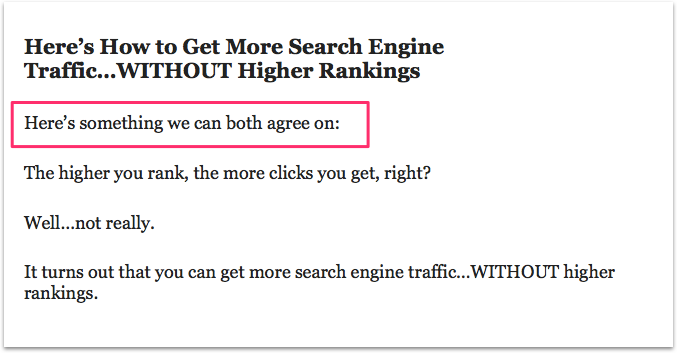
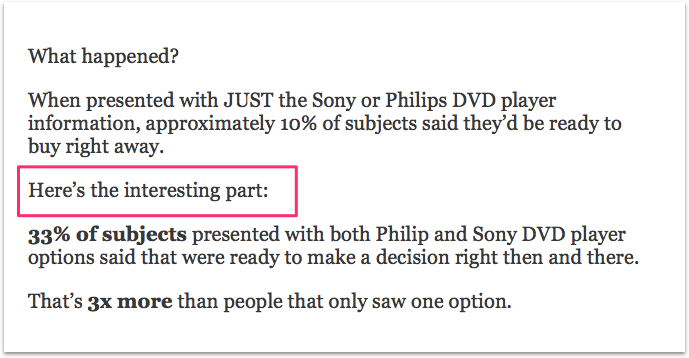
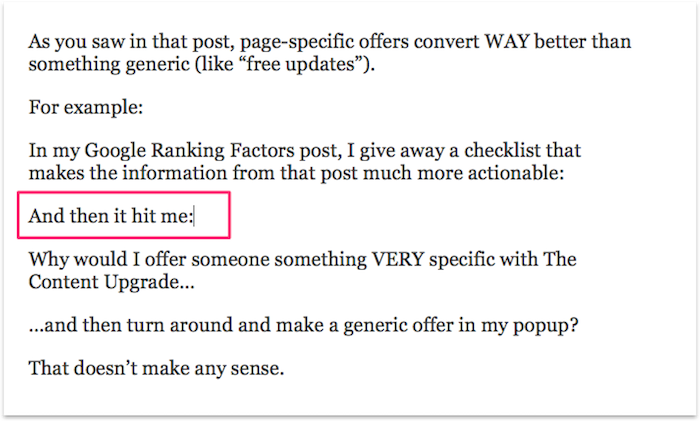
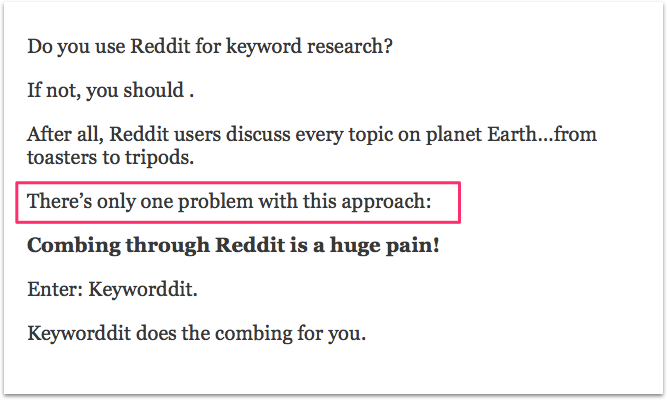
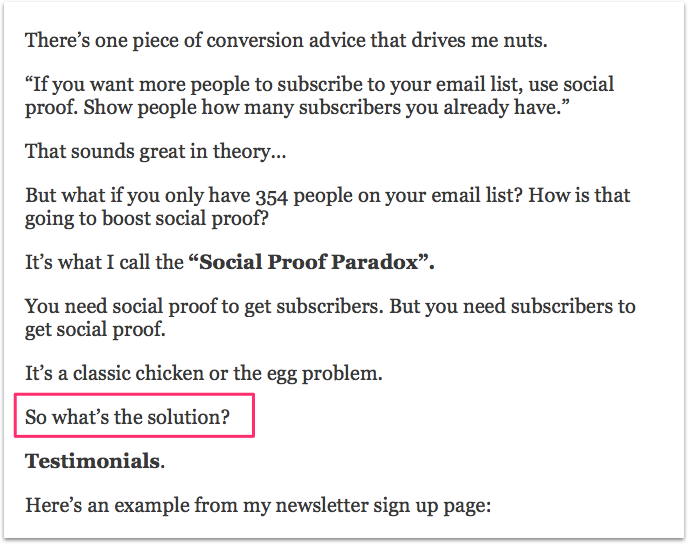
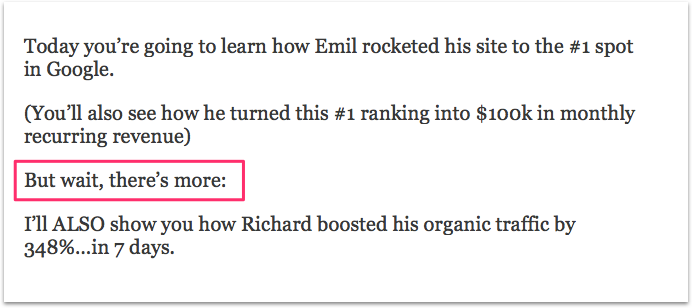
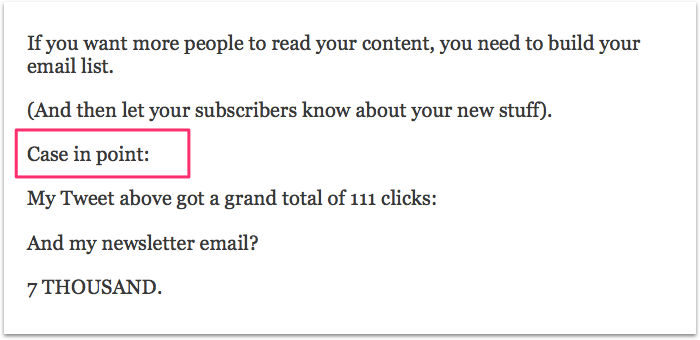

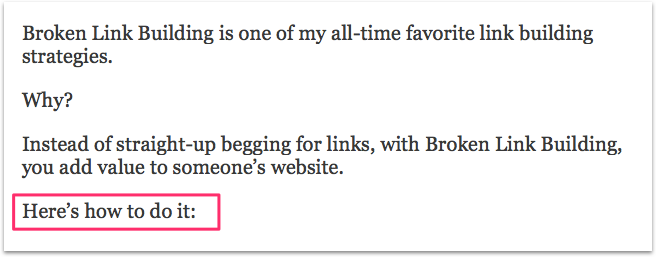
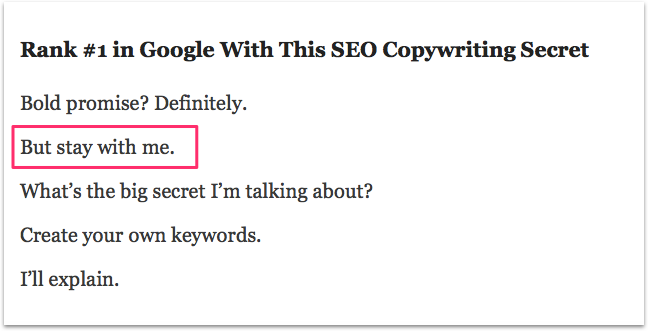
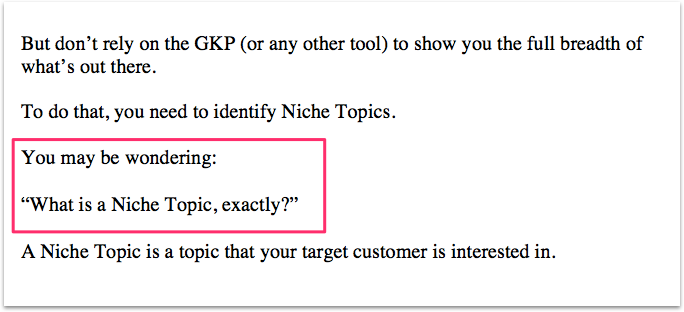

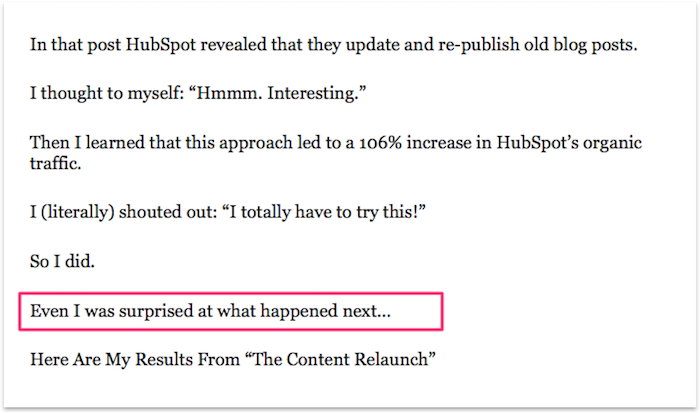
No comments:
Post a Comment